Engagement Ring - In Progress
Setting
Stone
Limited Time: Purchase any Engagement Ring and receive a $250 Gift Card for your Wedding Band.
We guarantee that every single purchase directly impacts one person's life by giving them access to clean water.
If you’re looking for a Spinel engagement ring (or a Sapphire engagement ring, and now you’re intrigued) here is everything you need to know about Spinel, and how to pick one!
Spinel is a natural gem that is in its own mineral group (so, not a gem with siblings like Ruby and Sapphire, or Emerald and Aquamarine.) In terms of mining, Spinel is mostly gathered as pebbles in streams (called “alluvial deposits”) in Sri Lanka, Thailand, Cambodia, Vietnam, and Myanmar. Although Spinel comes in a variety of colors, shades of blue, pink, and red are the most common. As a result, people often mistake Spinel for Sapphire or Ruby. In fact, the Black Prince’s Ruby – the center of the British Crown Jewels – is actually a Red Spinel. An 8/10 on the Mohs Hardness scale, it’s a durable gem for daily wear.
One of the great things about Spinel is that you often get a bigger stone at at better price than a comparable Sapphire. For example, at the time of the writing of this article, the following gems are available:
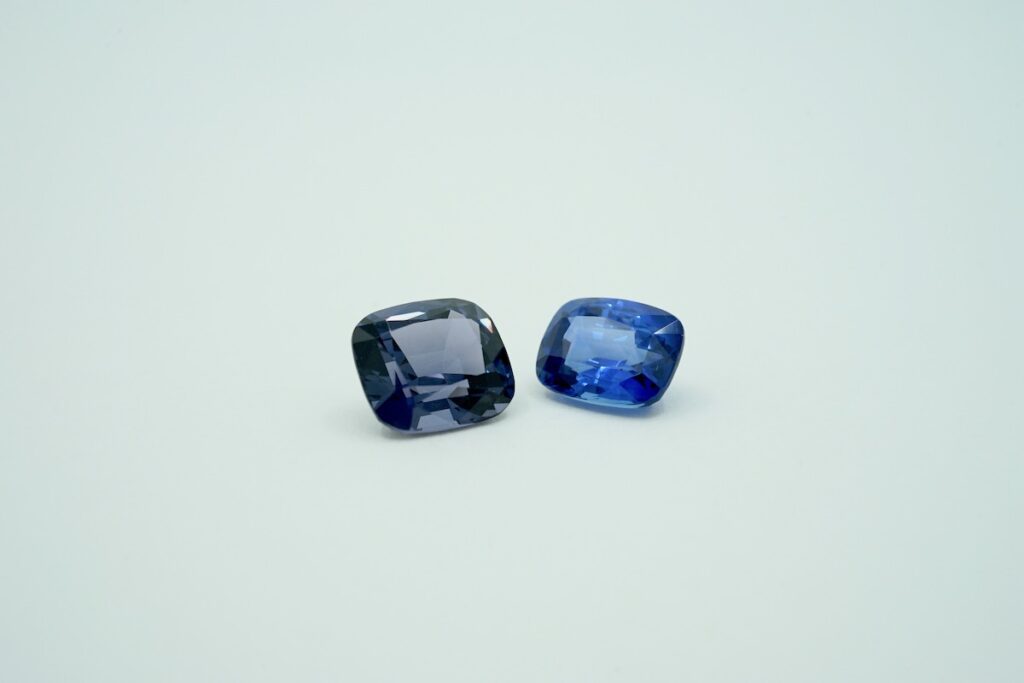
Left: 3.41ct Sri Lankan Blue Spinel | Right: 2.95ct Sri Lanken Blue Sapphire
Color. Firstly, When comparing these stones side by side, one may notice that the Sapphire’s color is more vivid blue. Although Spinel does come in such vivid saturation, it is less common, as Spinel is typically less saturated than Sapphire. A vivid gem will command a higher price.
Hardness. Secondly, Sapphire’s hardness is a great feature to consider. While Spinel’s 8/10 hardness is good for everyday wear, Sapphire is even harder at a 9/10. It is my daily practice to remove my engagement ring before doing anything super physical or where my ring could get caught (this is best practice anyway – but those with softer gems must take extra care.) So, those who hate removing their jewelry may wish to consider Sapphire, or select a protective setting for their Spinel, like a halo or bezel.
Treatment. Finally, whereas most Sapphire is regularly heat treated to improve color and clarity, Spinel is typically untreated in any way. This lack of treatment is a big draw for couples who love exclusivity and mystique.

2.75ct color-shift Spinel engagement ring.
In all colored stones, color is the most important factor. But don’t stop there! Couples choosing a Spinel engagement ring should also consider the stone’s cut, clarity, size, treatment, and gem seller.
Spinel comes in a bunch of colors, including red, pink, blue, near colorless, black, gray, violet, and purple. Yellow and green are very rare in natural form, but can be lab-created. As of the writing of this article, gray Spinel engagement rings are having an upsurge in popularity. There are three categories of color quality to consider, with a very important bonus round:

Hue is the main ROYGBIV color of your stone. In colored stones, hue is described as the dominant color plus any tint. So, a Blue stone with a tint of violet is violetish-Blue. Likewise, a Red stone with a tint of orange is orangey-Red. Stones that do not have a tint are simply labeled their dominant color, like Pink. Some Spinel shifts hue when put under different light sources. My Spinel shifts between blueish-Violet and Purple depending on what kind of light its under. The most valuable Spinels are red, pink, and blue.
Your stone’s “tone” is how light or dark it is. Tone is measured on a scale from “very light” to “very dark” with various levels in-between. The most valuable gems are medium-tone. I find that couples differ on their preference of tone for Spinel engagement rings. Some like very light gems, with a more traditional “bridal” look. Others really want a bright medium tone. My husband loves the richness of more darkly-toned gems. My stone is medium-dark in tone.
Saturation is the vividness or grayness of a gem. Think about taking a full-color picture of a bright blue stone, and then sliding it down a scale with a black-and-white picture of the same gem at the other end. Cool-colored gems, like blue and violet, are on a “grayish” scale. Warm-colored gems like pink and red are on a “brownish” scale (think sepia photography.) While vivid Spinel does exist, it is rare. Because of its rarity, vividly colored Spinel is highly sought after and commands a high price. When we chose my stone, we looked for a grayish tone. I adore black-and-white photography and low-saturation gemstones. I find they match more outfits. My Spinel engagement ring is “slightly-grayish.”
Bonus round! But seriously – this is actually the most important part. You want your Spinel to have consistent color. “Color zoning” occurs when a stripe of different color cuts across your stone. You don’t want your Blue stone to have a patch of green or white running through it. Likewise, you don’t want your Pink stone to have a stripe of orange or yellow. Look closely at your gem – is it all the same color? Good. Let’s move on.
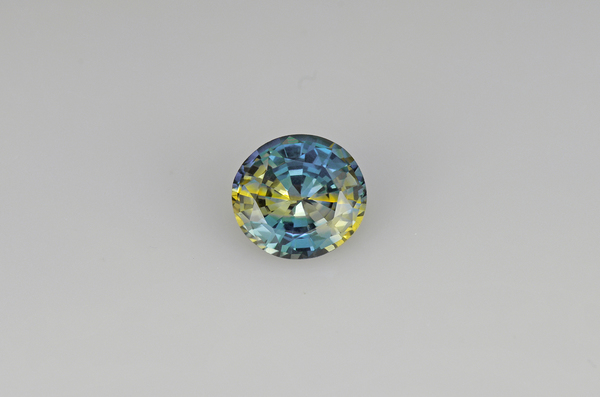
1.42 carat bi-color sapphire. (Photo by: Loupe Troop)
Spinel comes in a variety of shapes, with oval, round, and cushion being the most popular. My stone is an elongated cushion. But the “cut” of a gem does not only mean its shape! It also means how well the gem has been faceted for beauty. I’m particularly obsessed with the faceting on the bottom (or “pavilion”) of my Spinel – it makes my stone sparkle! There are three things to look for in a well cut-stone: Facet symmetry, windowing, and extinction.
The first thing to look for in your gem is symmetrical facets. That is to say, the small cuts that reflect light (the “facets”) of your gem should mirror each other from one side to the other. Because Spinel does not sparkle the same way Diamonds do, the facets of your Spinel engagement ring will be much more noticeable than if it was Diamond. That means the symmetry of those facets will be something people will look at. So, be sure to look at both the top part of your gem (the “crown”) and also look at the bottom (the “pavilion”) to ensure all the facets line up.
Another thing to look for in your Spinel is windowing. “Windows” are poorly cut areas of a gem that leak light instead of reflect it. A gem with a window shows a light-colored, dead-looking pool in the center. In person, windows are identifiable by sweeping a finger beneath the gem. If you see your finger pass below it, that stone is leaking a lot of light! Windowing typically occurs from a poorly cut pavilion, that is, the bottom of the stone being cut haphazardly or too shallowly. So, making sure the pavilion has well spaced, even facets can protect against windows. It also boosts sparkle!
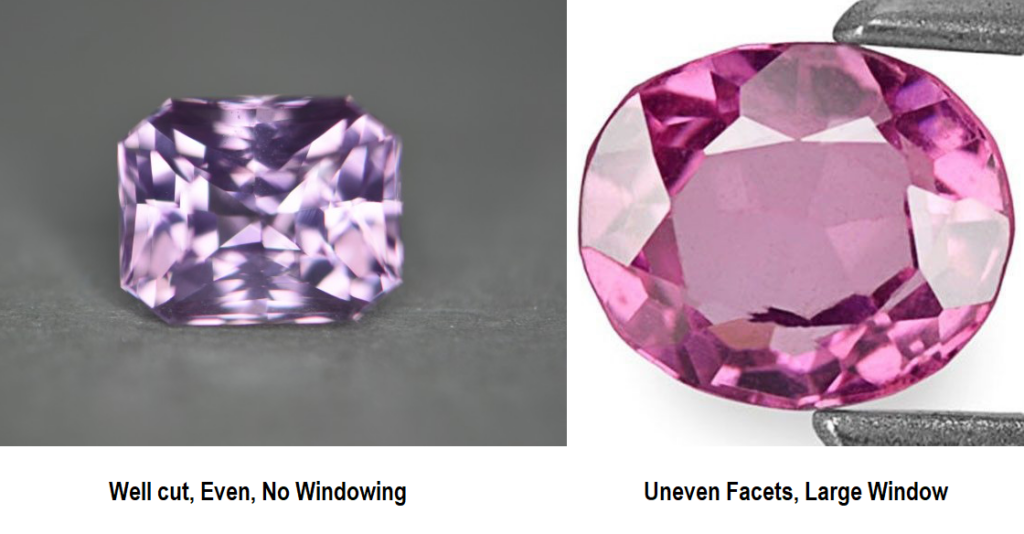
Spinel is a Type 2 gemstone, meaning you should expect that most stones you look at have some natural internal markings called “inclusions.” That said, many are eye-clean (inclusions are not visible to the naked eye.) Eye-clean gems are the most valuable. Other stones may have inclusions that are barely noticeable to the naked eye. Couples should reject Spinels in which inclusions are obvious, as they negatively impact the value and beauty of the gem.
Common Spinel inclusions across all colors are fingerprints (partially healed crystal fractures) and crystals. Some Spinels get their coloration from iron, like mine. I know this because I can see a small iron-oxide (rust!) inclusion under magnification. Natural inclusions like these are the birthmarks of your stone – they prove the natural origin and lack of heat treatment!
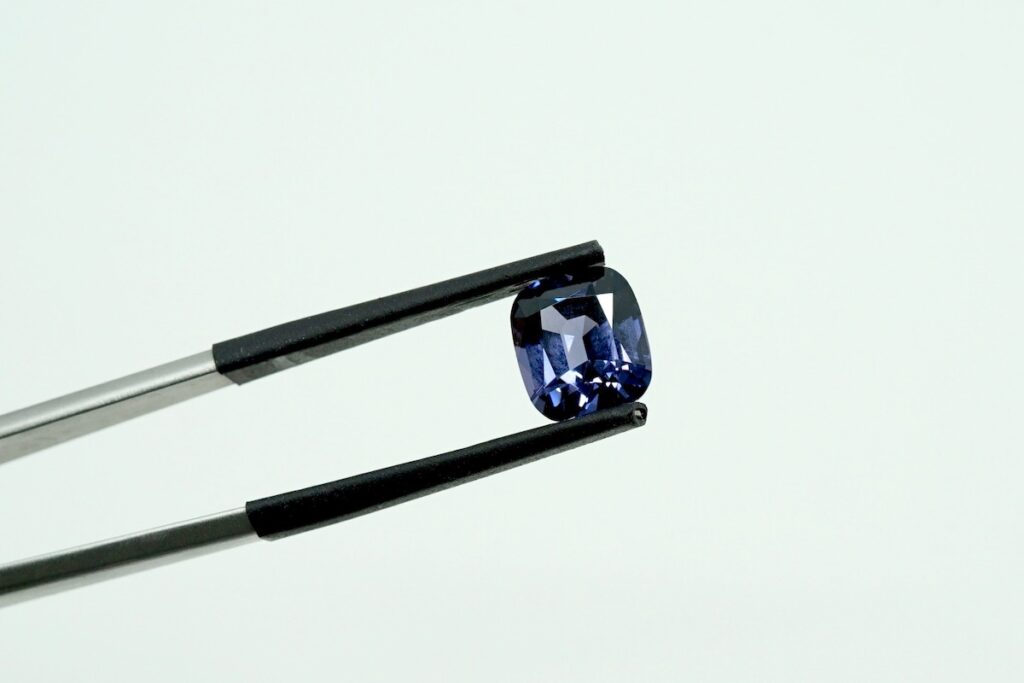
Eye-clean Sri Lankan Blue Spinel – perfect for a Spinel engagement ring!
One of the unique characteristics about Spinel is its lack of heat treatment. Unlike many (perhaps most) other gemstones, Spinel is not routinely given any treatment to enhance its beauty. Instead, crystals are simply mined and faceted. So, should you encounter a gem that has received heat, or any other treatment, you should pass.
All gemstones weigh differently for their size. So, a 2.0ct Spinel will appear differently than a 2.0ct Sapphire, which will appear differently than a 2.0ct Diamond. This is because they each possess a different specific gravity. So, shopping by carat weight (which is a weight, not a measurement) isn’t always the best way to go. Instead, I suggest you slap a ruler on your finger and see what size stone you want! I wanted a gem that was at least 7.0mm wide, as I wanted it to be about a third of my finger’s width. That translated to a 2.5-3.5ct Spinel in the shape I wanted. It will be different for every stone, so measurements are the easiest way to get exactly what you want.
Finally, make sure that you purchase from a reputable seller that really knows their stones. Most Spinel is not certified the way Diamonds are. Therefore, couples must be able to trust their seller. While the mainstream popularity of Natural Spinel is rising, it is still not a commonly sold gem. Because of its similarity in color and appearance, Lab-made Spinel has been used for decades to mimic gems like Ruby and Sapphire. So, purchasing from a reputable seller that is knowledgeable on Natural, Lab, and Treated Spinel without needing to “research it” is the best way to ensure you get a quality stone.
The best ring settings for Spinel are those that will protect the gem’s edges, like those with diamond halos or pretty bezels. This ensures that your gem will stay beautiful for a lifetime. Those that choose delicate, less protective mountings should take their gems off before any vigorous activity.
Cool-colored gems, like blue and violet, look best in white metals like white gold, palladium, or platinum. Warm-colored gems, like red and pink, look great in yellow, rose, and white metal! The following are settings which I’d suggest for your beautiful new Spinel: Callan, Elsa and Abila.
It would be my pleasure. Send me an email at care@doamore.com with a little about the stone you’re looking for, and I will perform a custom search!
Verifiably Ethical & Sustainable
Guaranteed 1:1 Impact
Personalized 1:1 Customer Service
handcrafted & american-made
you before us, always
Verifiably Ethical & Sustainable
Guaranteed 1:1 Impact
Personalized 1:1 Customer Service
handcrafted & american-made
you before us, always
Thoughtfully crafted, made to last, and designed for life's most meaningful moments. LEARN MORE
Diamonds, Gemstones, & Metals
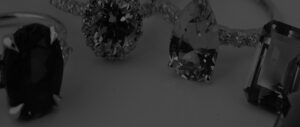
Every piece of Do Amore jewelry begins by not hurting the world. All our natural diamonds are either ethically sourced in Canada, recycled to eliminate additional demand, or accompanied by a blockchain ledger showing every hand your diamond passed through, proving your stone is truly conflict-free.
We also offer sustainable lab-created stones and guarantee all precious metals are recycled to eliminate the environmental impact of mining. Since March 2022, we carry absolutely no Russian diamonds and continue to urge the industry to follow suit.
Clean Water
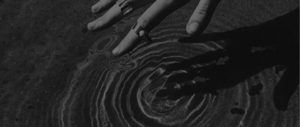
We desire to deepen the well of love in the world. We guarantee that every single purchase—whether engagement ring, wedding band, or piece of jewelry—directly impacts one person’s life by giving them access to clean water.
We do this by directly matching jewelry purchases to people in communities to ensure our funding has a one-to-one impact. We also show you the exact GPS coordinates and a photo of the water well your ring or piece of jewelry helped fund.
Customer Service

As a small, 100% founder- and employee-owned team, one-to-one encounters are at the heart of our values. Whichever way you want support throughout your engagement ring or jewelry purchase process, our team is here to accommodate you.
From high-touch to hands-off, video calls to text messages, you have our dedicated, responsive team on your side from the moment you start your search, to the day your well is built, to the time we meet again.
Engagement Rings, Bands, & Jewelry
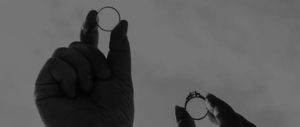
Every Do Amore design, whether one of our own or unique to you, is beautifully handcrafted in America and made specifically for you. Each ring is made to order, every time.
From classic to custom, you have the option to select from dozens of gorgeous settings or work with our design team to create something entirely bespoke. Plus, you are always covered for free inspections, polishing, cleaning, stone tightening, rhodium-plating, and resizing for life.
Our Promise

We care about what matters most to you, not what’s easiest for us. If it’s a minor change to a setting or arriving at a completely custom design, we work to ensure you get precisely what you love.
From statement-making to understated, we have options at any price point. Plus, you always have our team on your side searching to bring you every stone within your specifications. We also offer 60-day returns and a limited lifetime warranty to cover you in the rare event of a manufacturing defect.